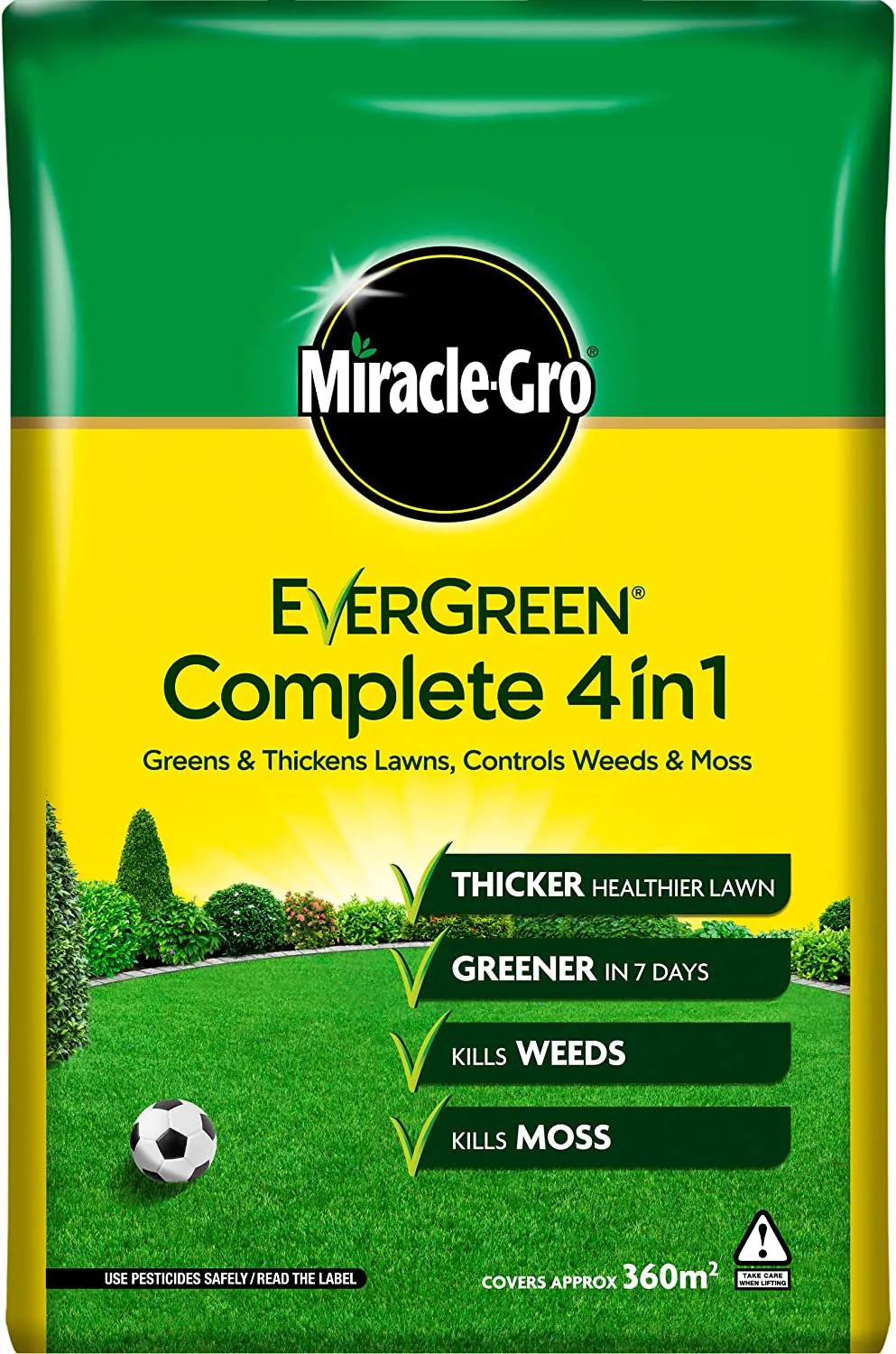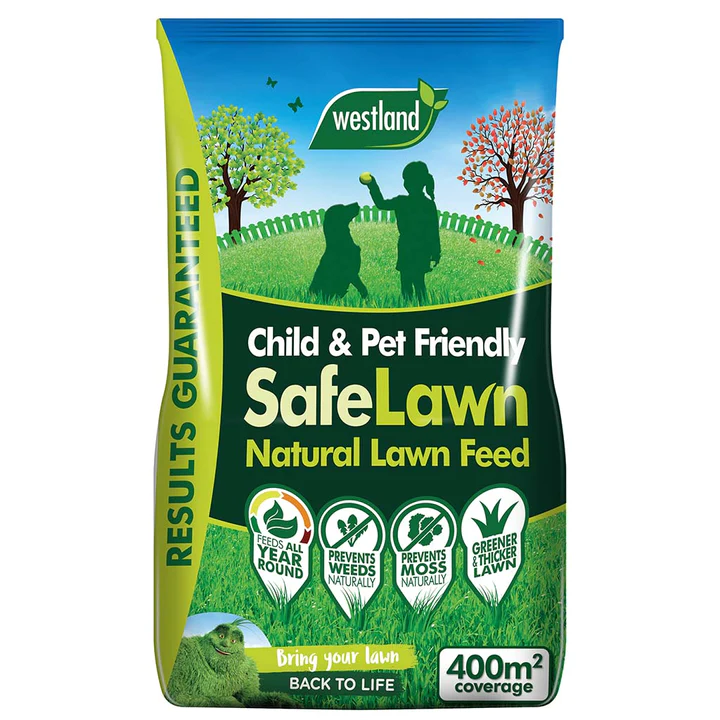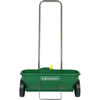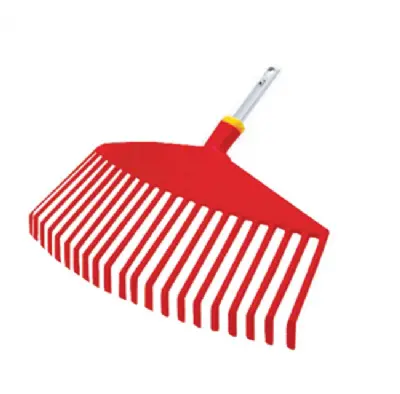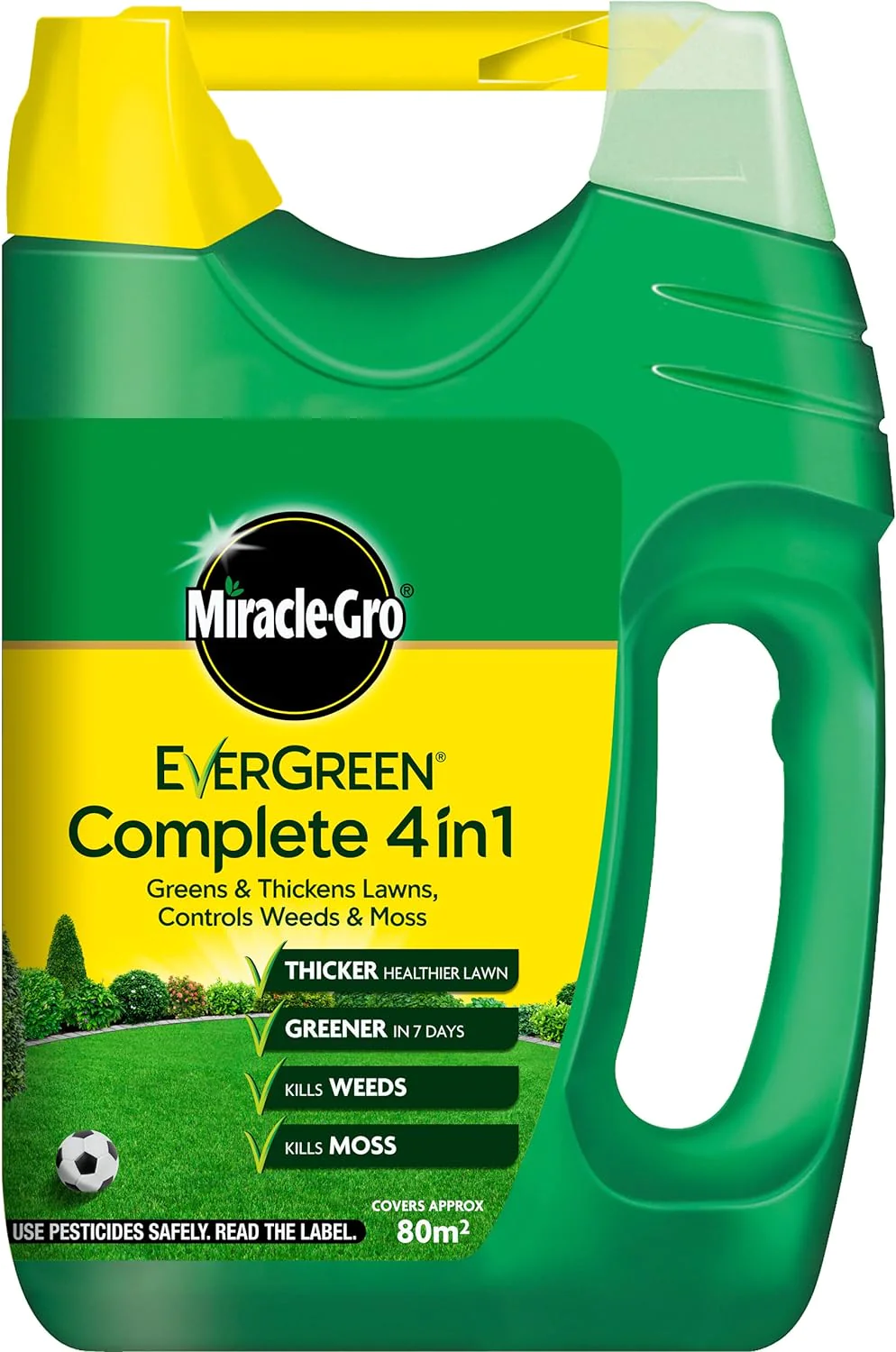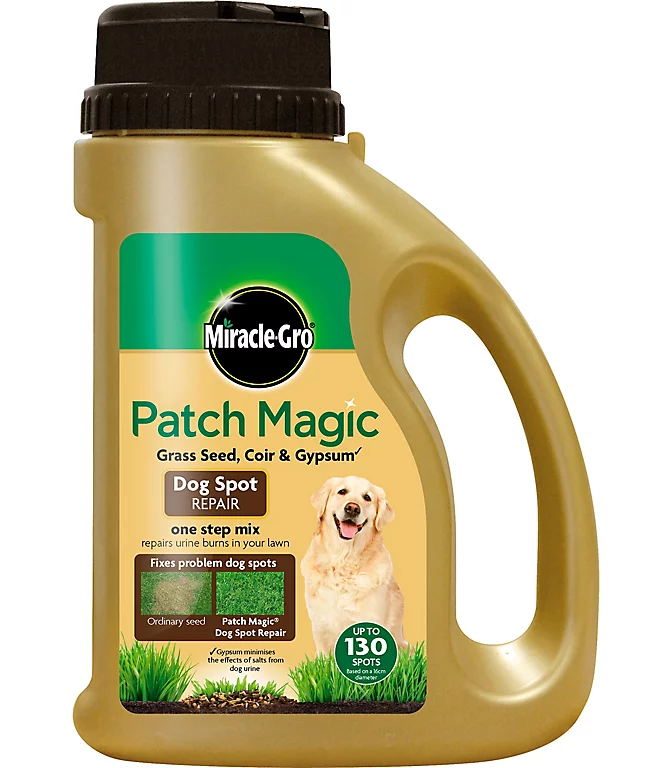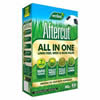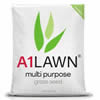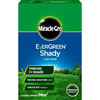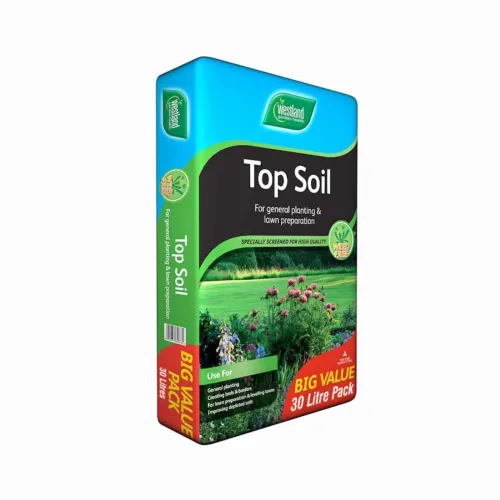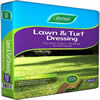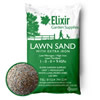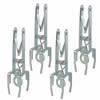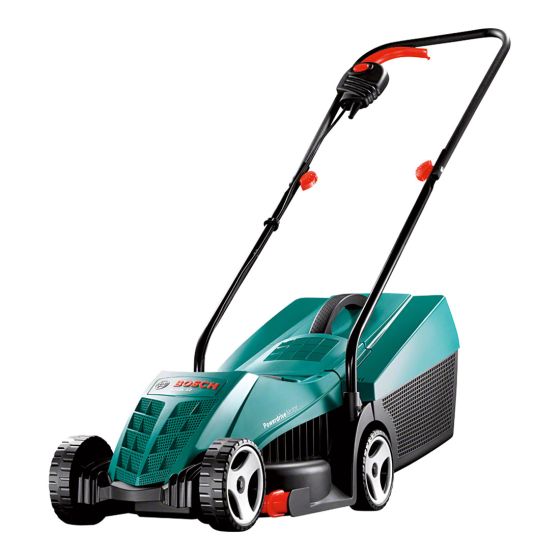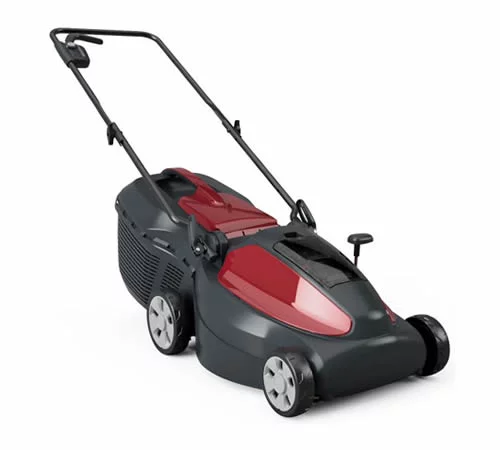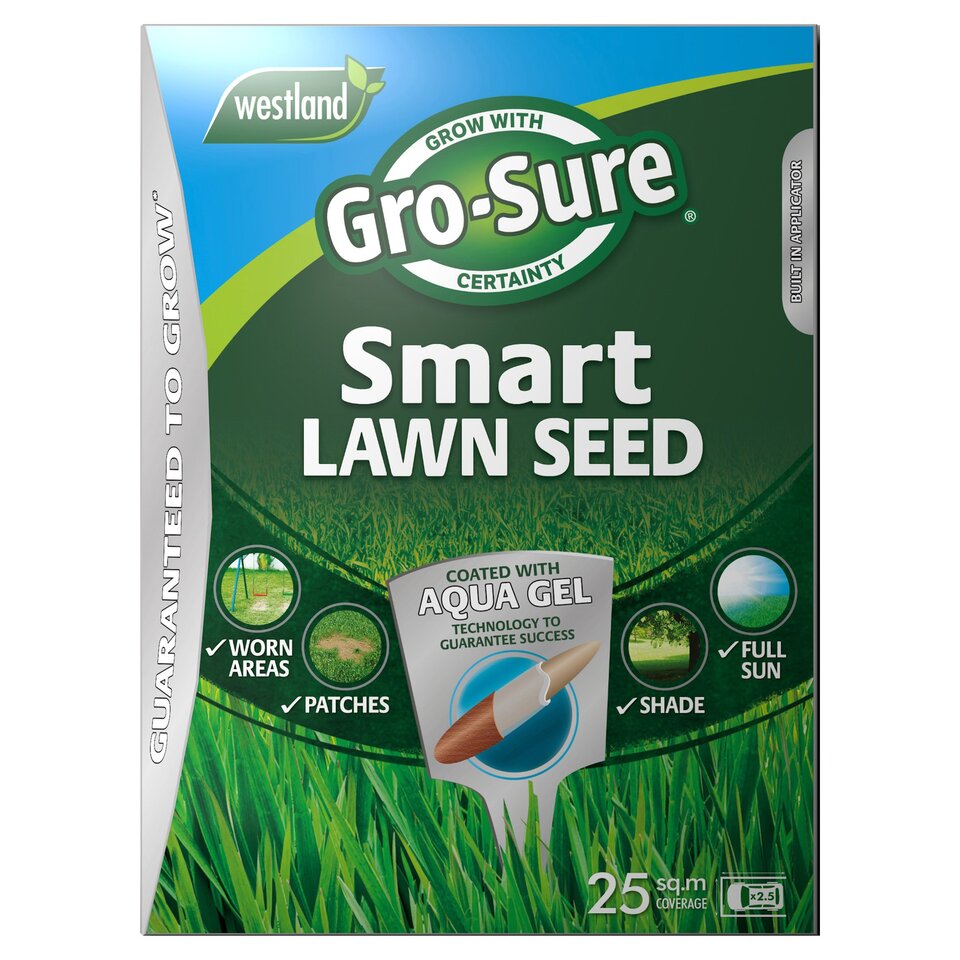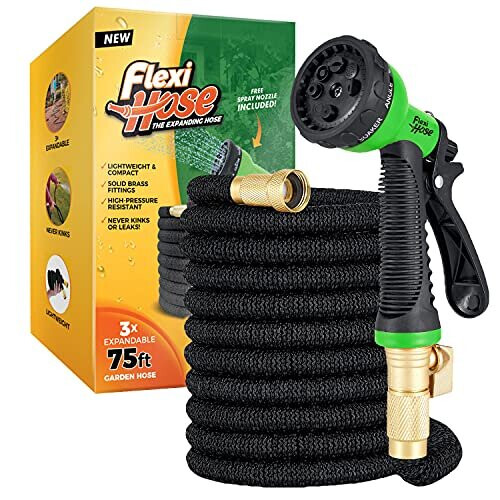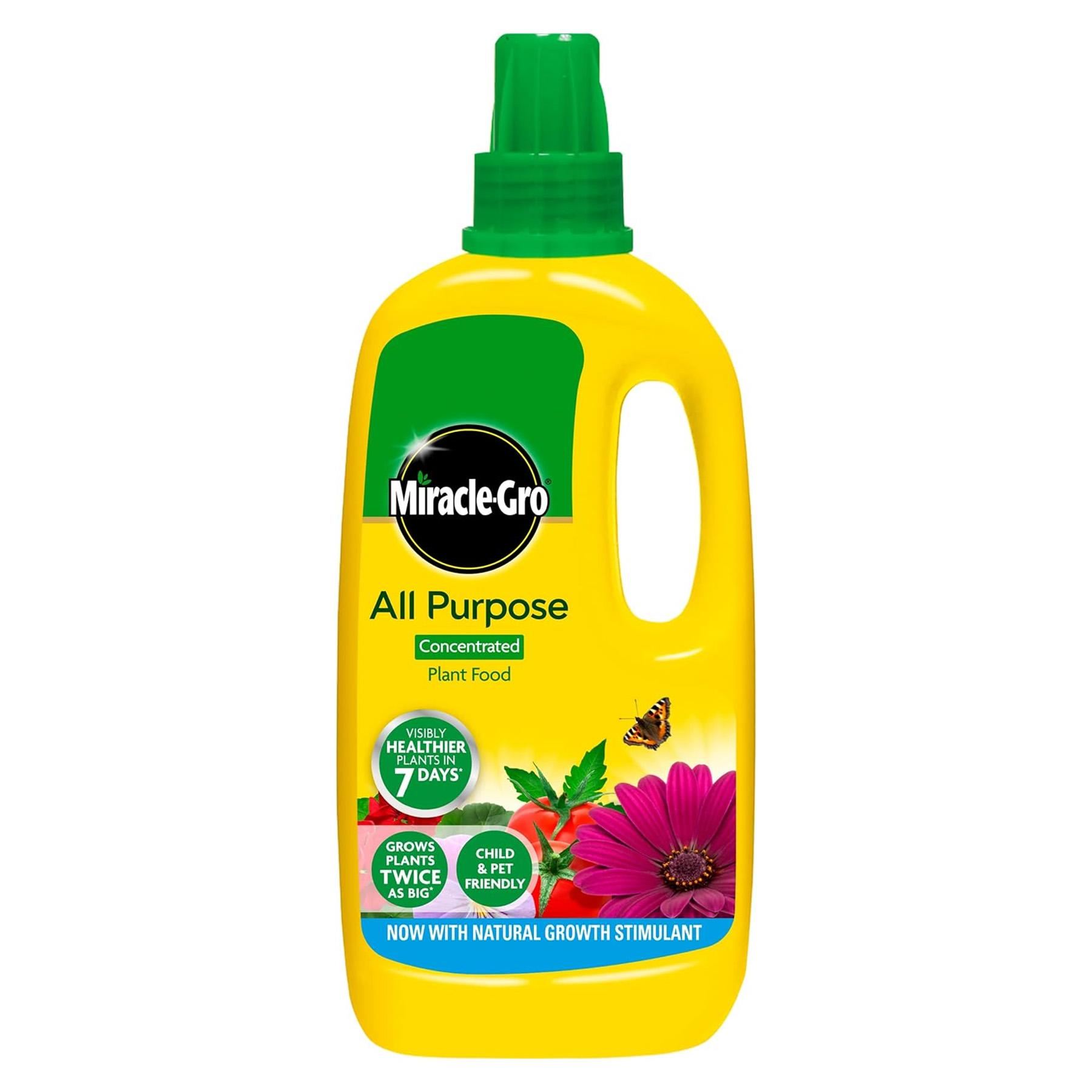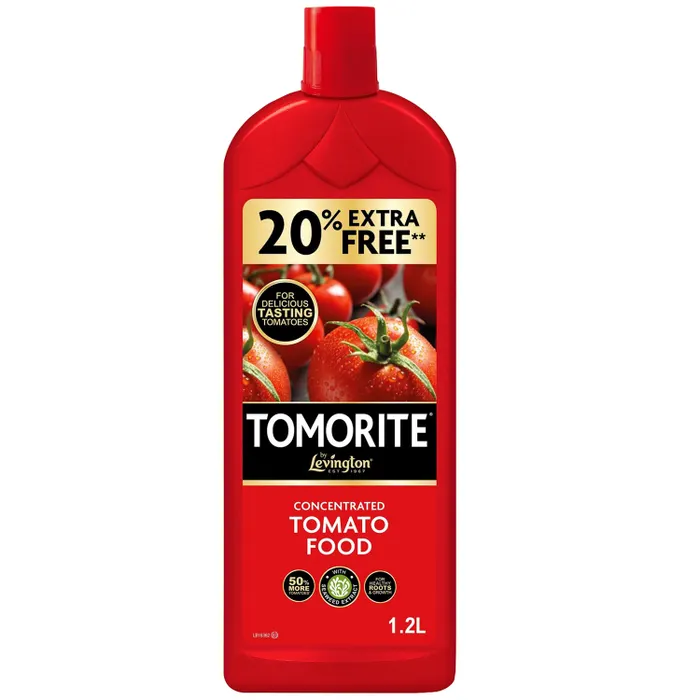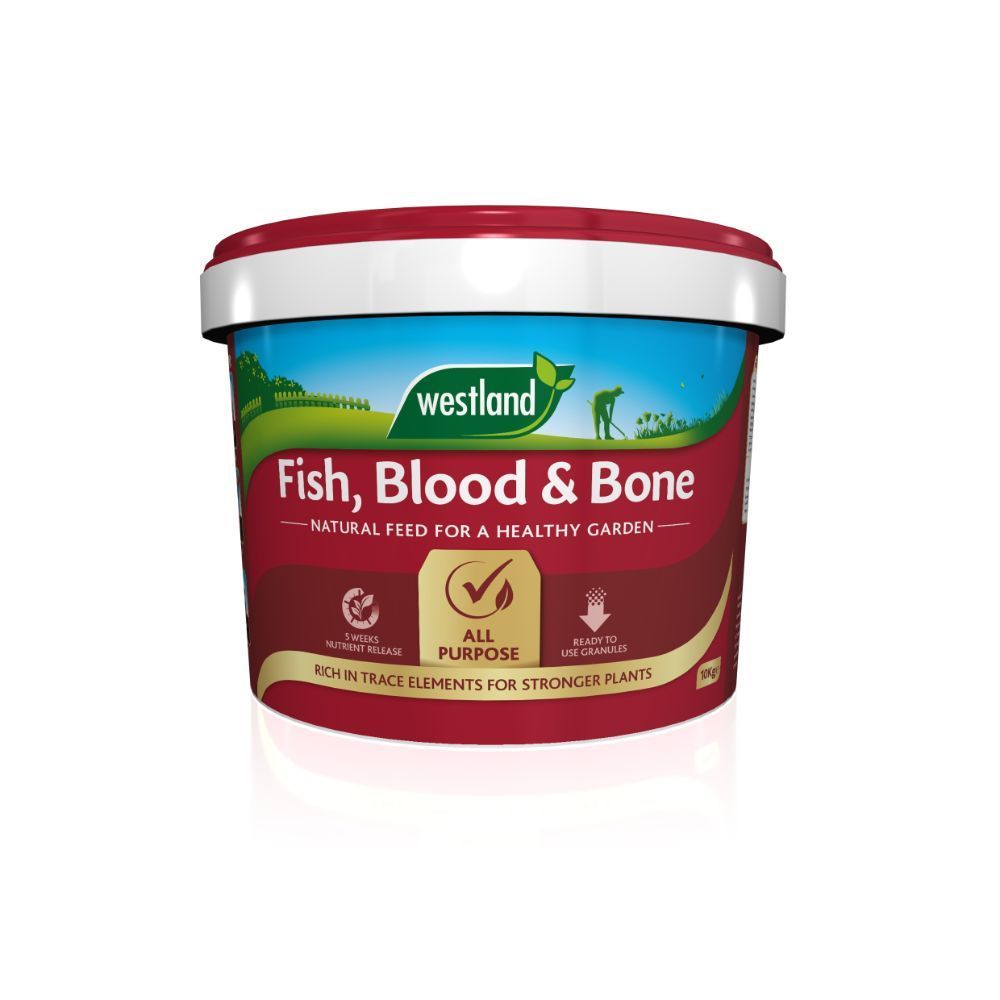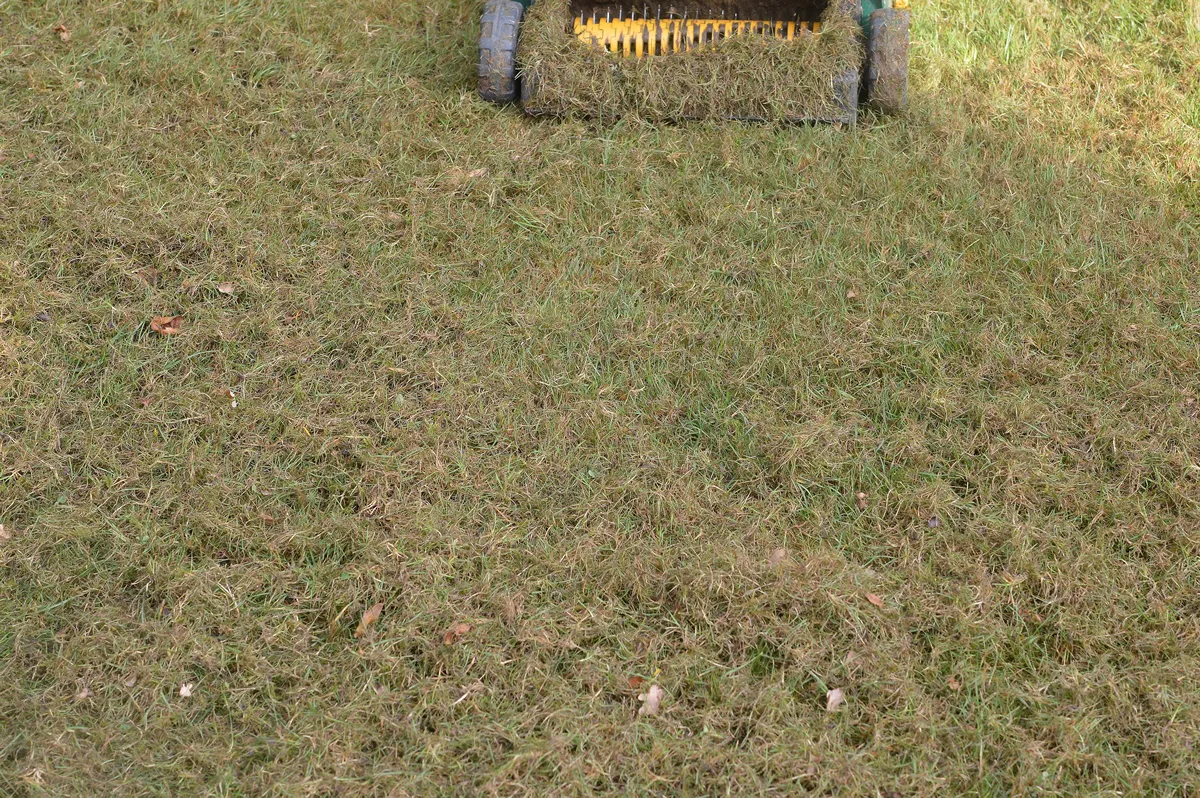
Why A Healthy Lawn Matters
Before we plunge into the remedies, it's crucial to understand the stakes. Lawns are not just aesthetically pleasing; they offer ecological, recreational, and psychological benefits. A robust lawn contributes to oxygen production, reduces carbon dioxide levels, filters rainwater, and provides a cool oasis in urban heat islands. Needless to say, our 'green carpets' are worth more than their curb appeal.
The quest for a perfect lawn can be challenging. Keeping it free from diseases such as powdery mildew, dollar spot, or brown patch is a constant battle. Traditional treatments involving chemical pesticides and fungicides can be effective but come with a cost to the environment and possibly the health of your family and pets.
Common Culprits: Identifying The Disease
It's imperative to spot the signs of distress before you can remedy them. Common symptoms of lawn diseases include discoloured patches, wilting grass, or fungal growth. But what's causing these issues?
- Powdery Mildew: A white, powdery coating on the grass, caused by poor air circulation and high humidity.
- Brown Patch: Circular, brownish-yellow spots occur in cool, moist weather.
- Red Thread: Pinkish-red threads appear, often with a reddish tint to the grass blades.
Our task is to address these issues at their root—literally.
Nature's Arsenal: Eco-Friendly Solutions
This section is a treasure trove of eco-friendly tips to combat common lawn diseases, and the best part? It's safe for the environment and all who enjoy your lawn.
- Cultural Practices:
-
- Mowing Heights: Maintain a recommended height to promote shade and conserve moisture.
- Aeration: Relieve soil compaction to improve root health and boost nutrient absorption.
- De-thatching: Remove the layer of dead grass to prevent microbial growth.
- Watering Wisely:
- Deep and Infrequent: A deep soak encourages deep root growth and resilience.
- Morning Watering: Apply water in the morning to reduce fungal growth due to overnight wetness.
- Nutrient Management:
- Compost Top Dressing: Rich in organic matter and microbes, it enhances soil health.
- Slow-Release Organic Fertilizers: Feed your lawn gradually, sustaining long-term health.
- Organic Pest Control:
- Introduce Beneficial Insects: Ladybugs and lacewings feast on harmful pests.
- Neem Oil Spray: Acts as a fungicide and pesticide while being biodegradable and non-toxic.
Application Techniques: Doing it Right
Cultural Practices:
When it comes to mowing, find the sweet spot for your grass type. Research the optimal length for the variety you have, usually between 2.5 to 3.5 inches. Aeration should be carried out during the growing season, and overseeding afterwards will fill the gaps. Finally, de-thatching can be done every few years or as needed, preferably in spring or fall.
Watering:
Invest in a quality sprinkler system or use a watering wand with a gentle flow. Consider a rain gauge to measure water intake and prevent over- or under-watering.
Nutrient Management:
Spread compost evenly and to the recommended depth to avoid smothering the grass. Apply fertilizers in early spring and fall for cool-season grasses, and late spring and summer for warm-season grasses for their respective peak growing periods.
Organic Pest Control:
Attraction can be as simple as planting flowering shrubs to invite pollinators or allowing a portion of your lawn to grow naturally. Utilise neem oil during low wind conditions to prevent drift.
Success Stories: Testimonials from the Trenched
Experiences from those who have beckoned their lawns back to life are both encouraging and enlightening. Their stories provide the proof of concept for natural remedies. Whether it's a neighbour who found their lawn revived by earthworms after a round of composting, or a family that tamed a fungal outbreak by adjusting their watering schedule—these tales are the fuel for hope and the blueprint for success.
Conclusion: The Journey Continues
The road to a healthy lawn is an ongoing one. We encourage you to share your experiences and challenges, for it's through community engagement that we all learn and grow. In our next encounter, expect a deeper dive into organic lawn care and innovative green solutions. But for now, take these natural remedies, try them with patience and dedication, and watch as your lawn responds to the gentle touch of nature. Stay green, stay healthy, and stay vibrant!


